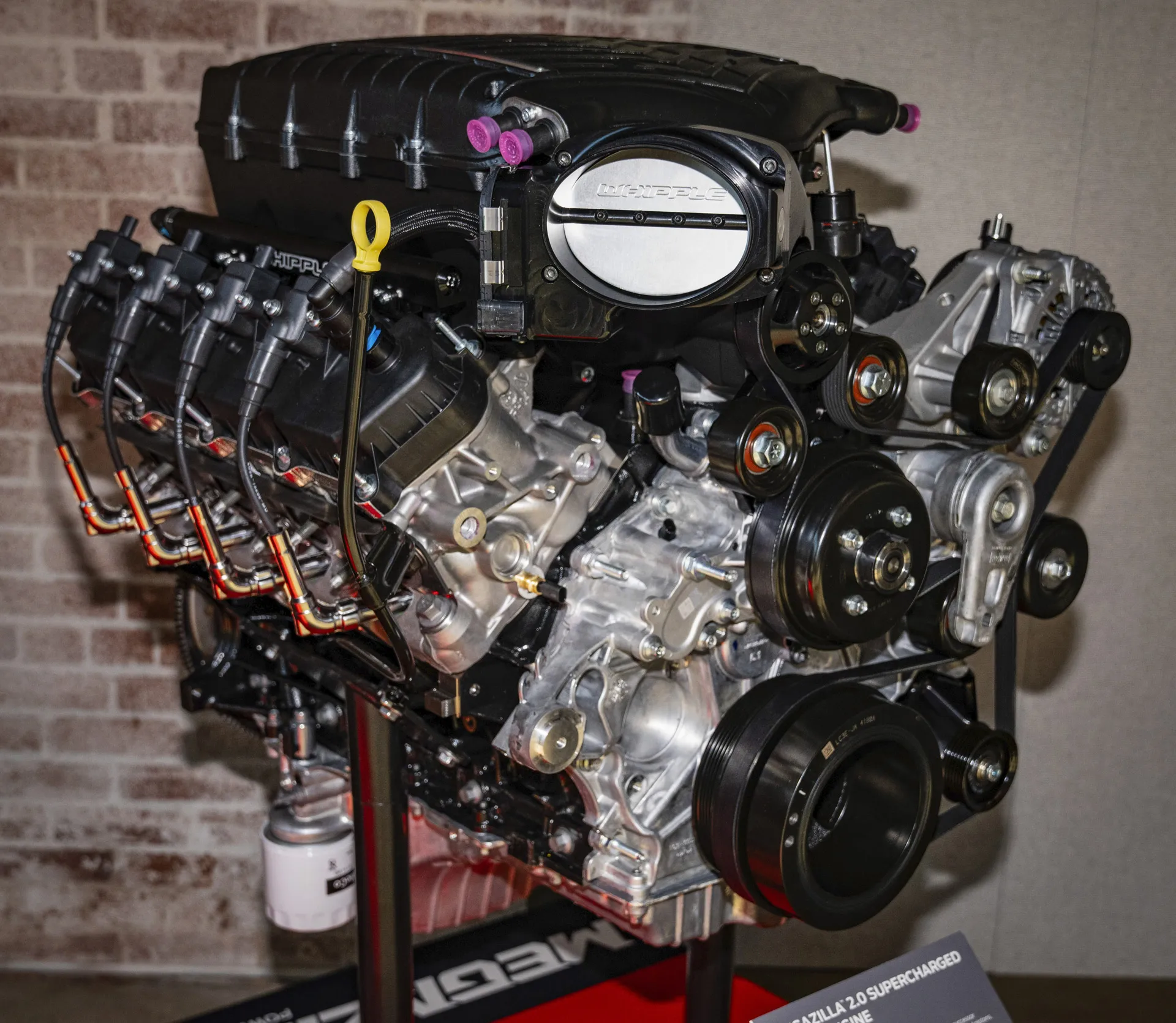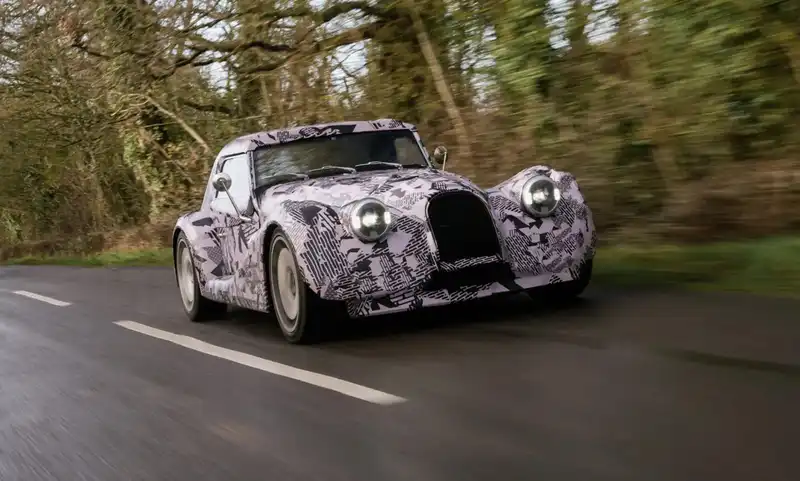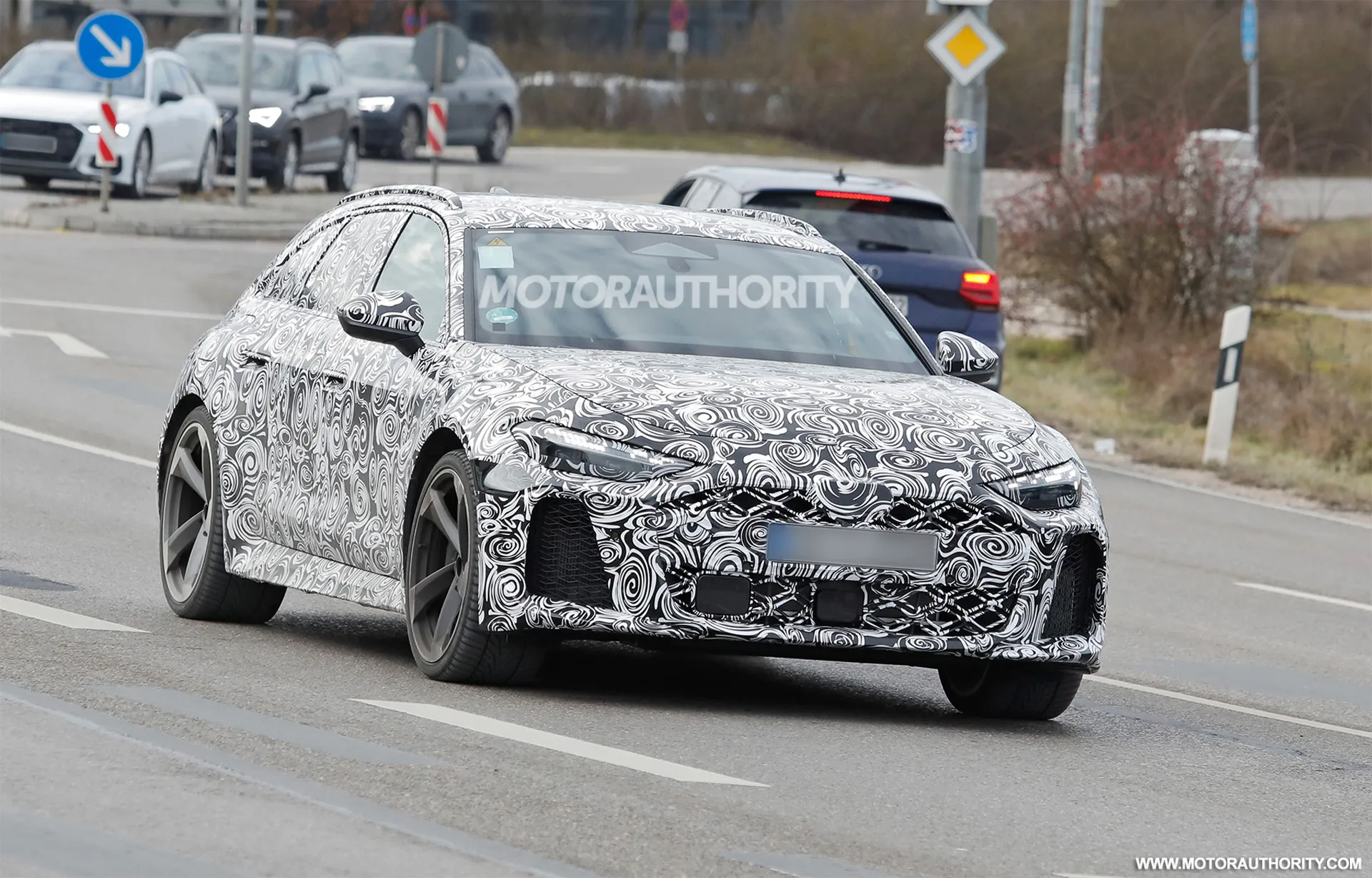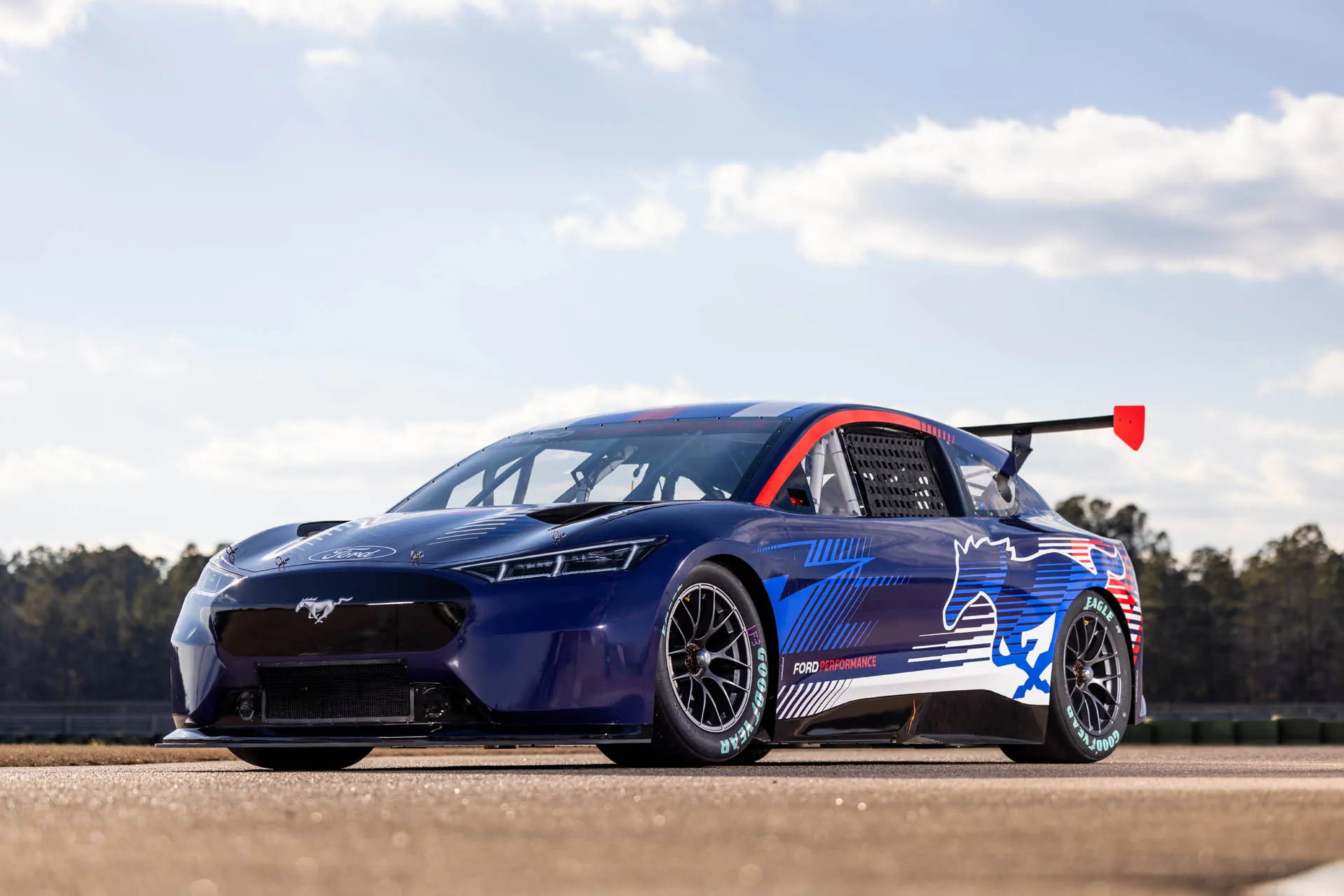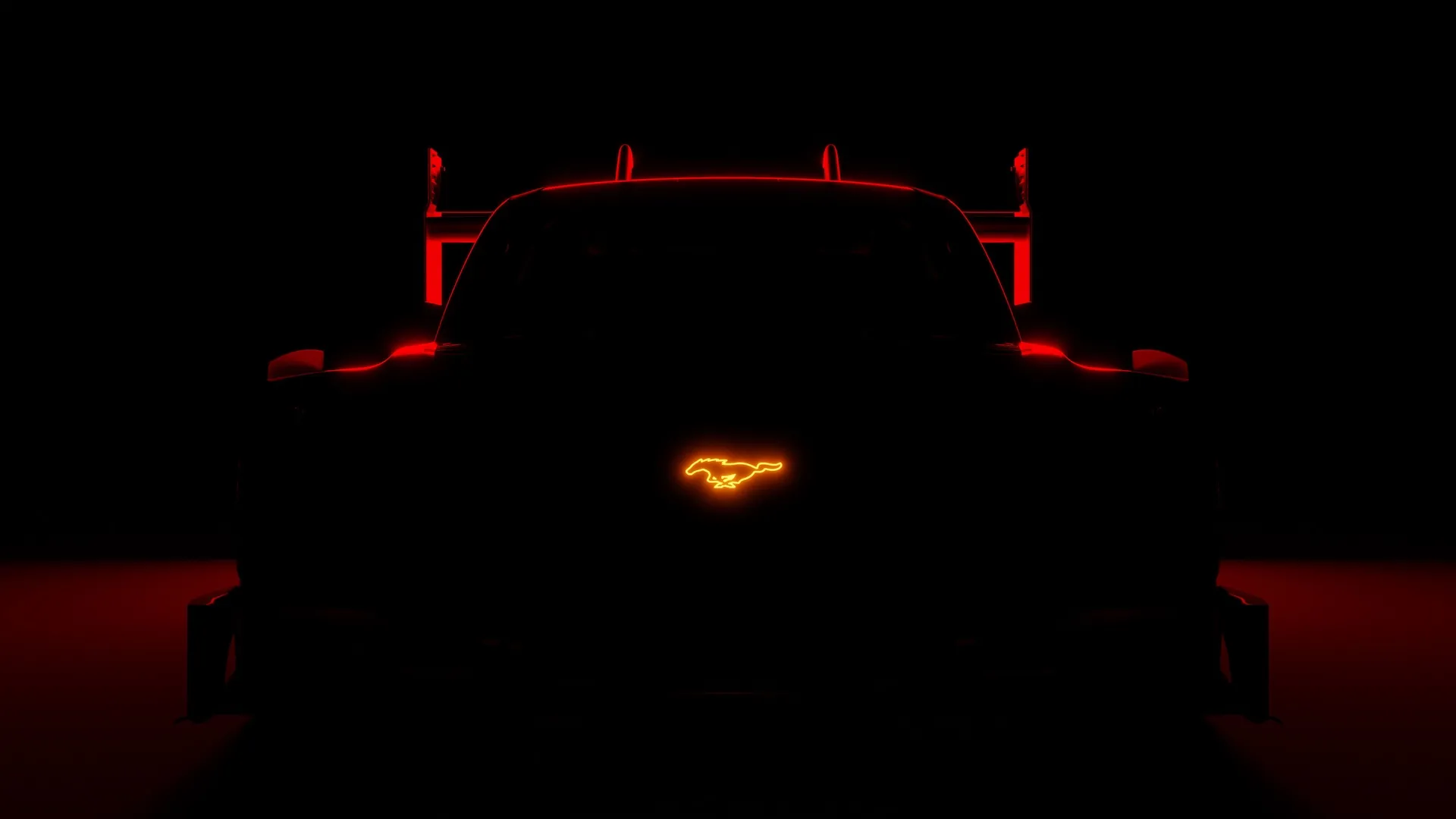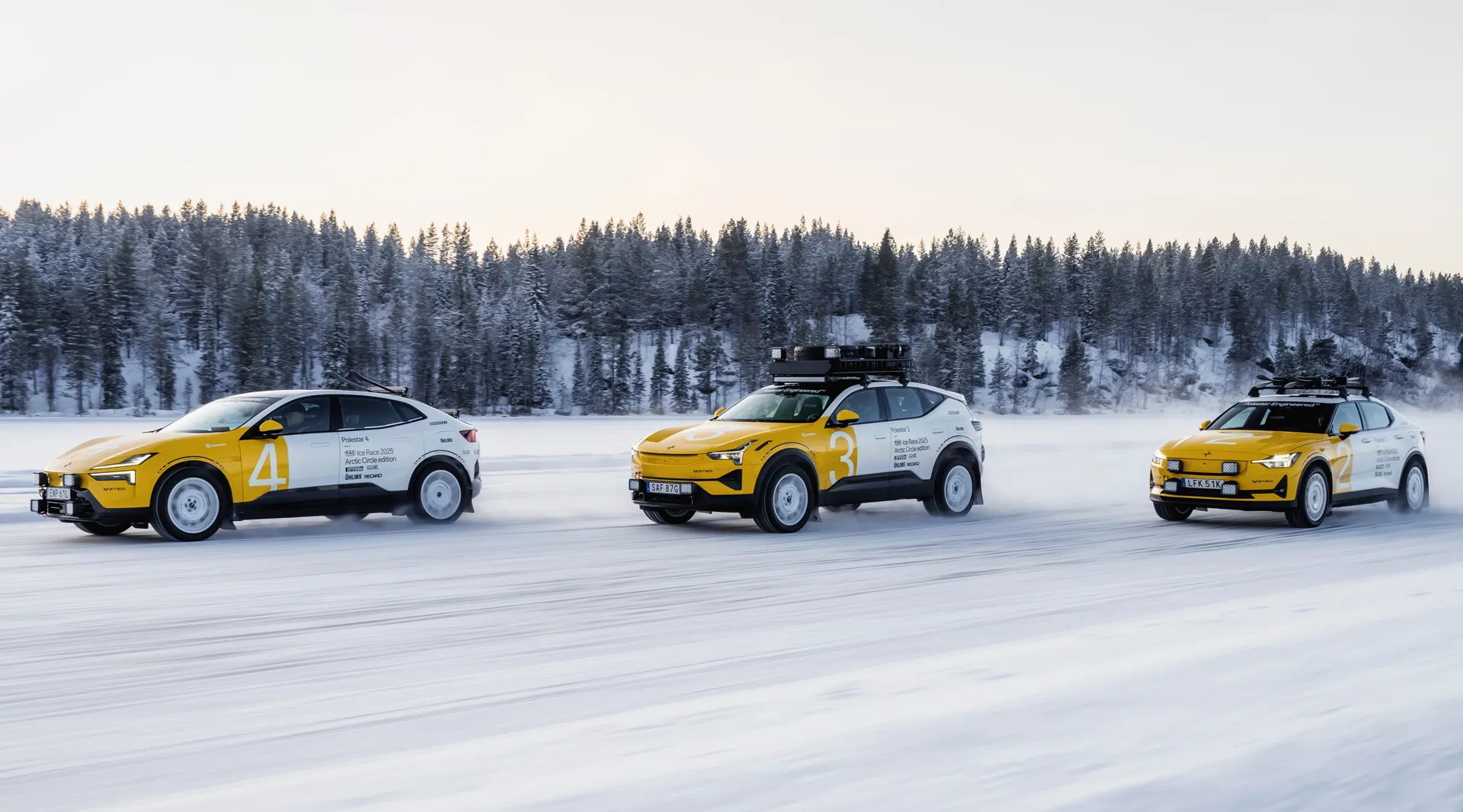Why old F1 cars take hours to start.
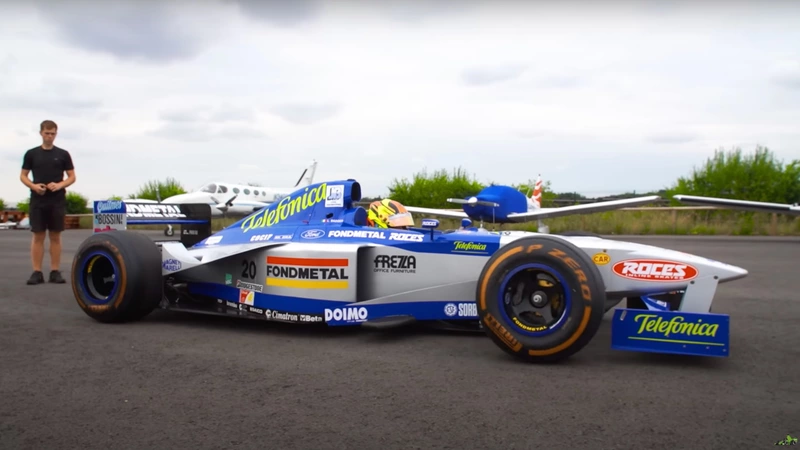
Speed is the name of the game in F1, but actually getting a car out on the track requires patience, and as YouTuber Matt Amis explains in this video, even 25 years ago F1 racing cars took hours to get started.
The car used in this demonstration was a Minardi M198, campaigned by the Italian team now known as Alfa Tauri for the 1998 season. It was not the most competitive car, as it was estimated to be about 3 seconds off the pace of Michael Schumacher's Ferrari F300 and the McLaren MP4/13 in which Mika Hekkinen won the drivers' title that season, but it was representative of the technology of the time.
Cars from this era, when F1 used glorious high-revving V10 engines, could take 1.5 to 2.5 hours to start depending on a variety of factors, including ambient temperature (cold days take longer to start), according to TDF, which maintains this Minardi and other vintage F1 cars for collectors. TDF, which manages this Minardi and other vintage F1 cars for collectors, states.
The process begins with preheating the engine with warm coolant. A common misconception is that these engines have very tight tolerances and will burn out when cold. While that is not true, running an engine like the M198 Ford Cosworth V10 engine at less than optimal temperatures will lead to excessive wear. Also, air is drained from the hydraulic lines before the engine is started.
Next, the on-board air cylinder needs to be filled with air. This is because conventional valve springs cannot handle the speed of the engine. The engine is then primed with fuel and cranked using an external starter motor. The starter motor is plugged into the rear of the gearbox and turns the crankshaft.
The car's software is not compatible with newer computers, so everything is controlled by an old laptop running Windows 95. Even some vintage laptops are faster than the car's on-board computer, which can skew the readings. This is not a problem limited to 1990s racing cars. McLaren F1 also requires 1990s computers to interface with outdated electronics. If all temperatures and pressures are OK, the car is ready to hit the track.
